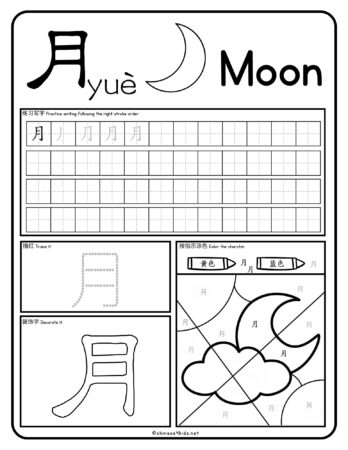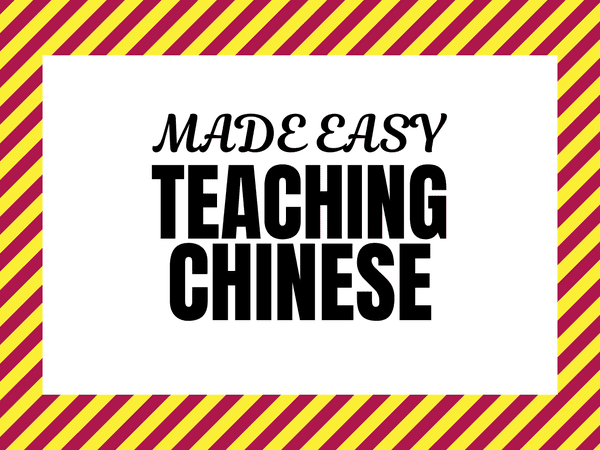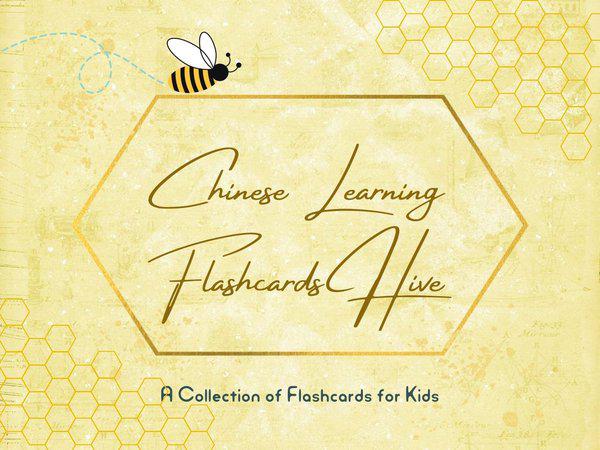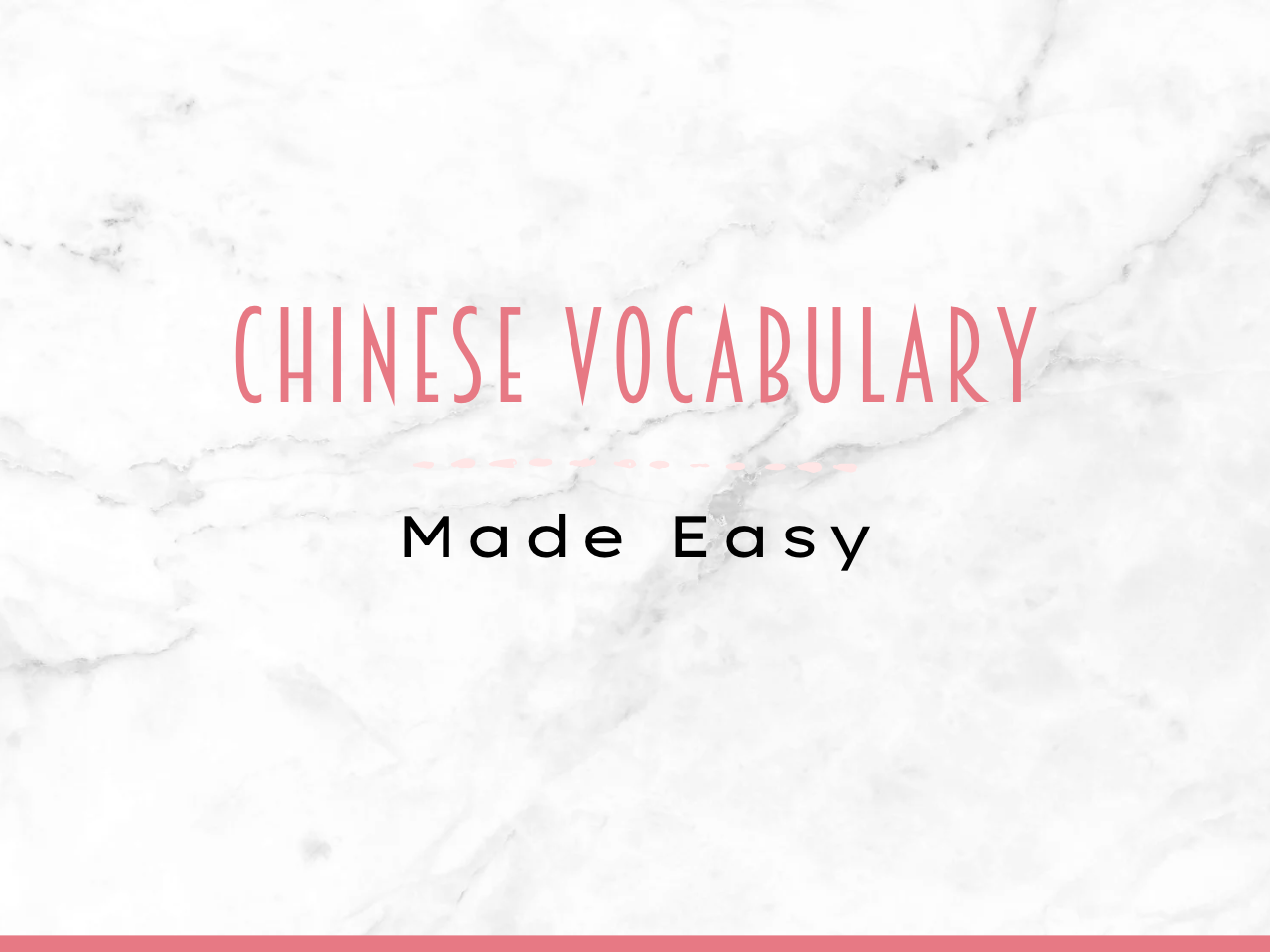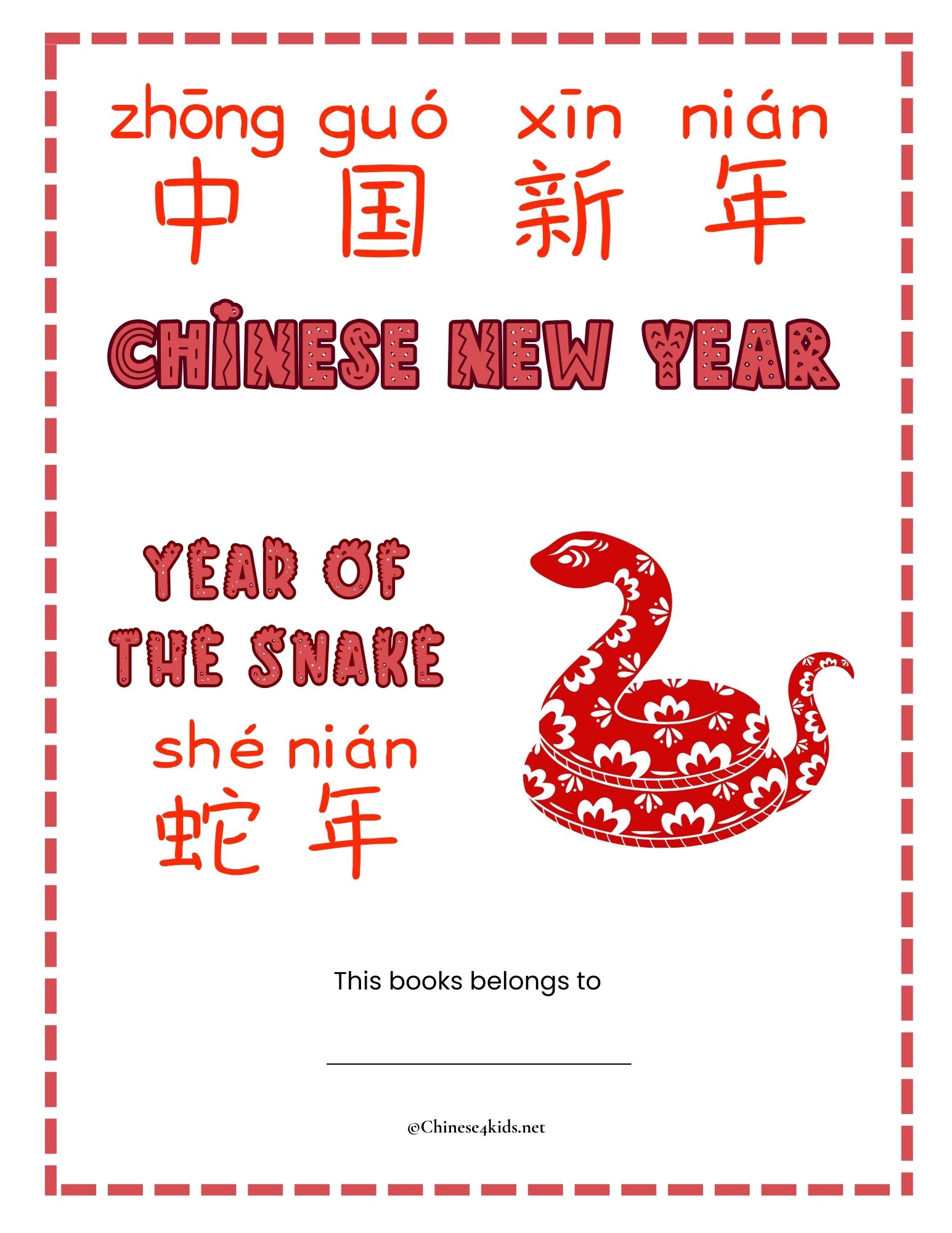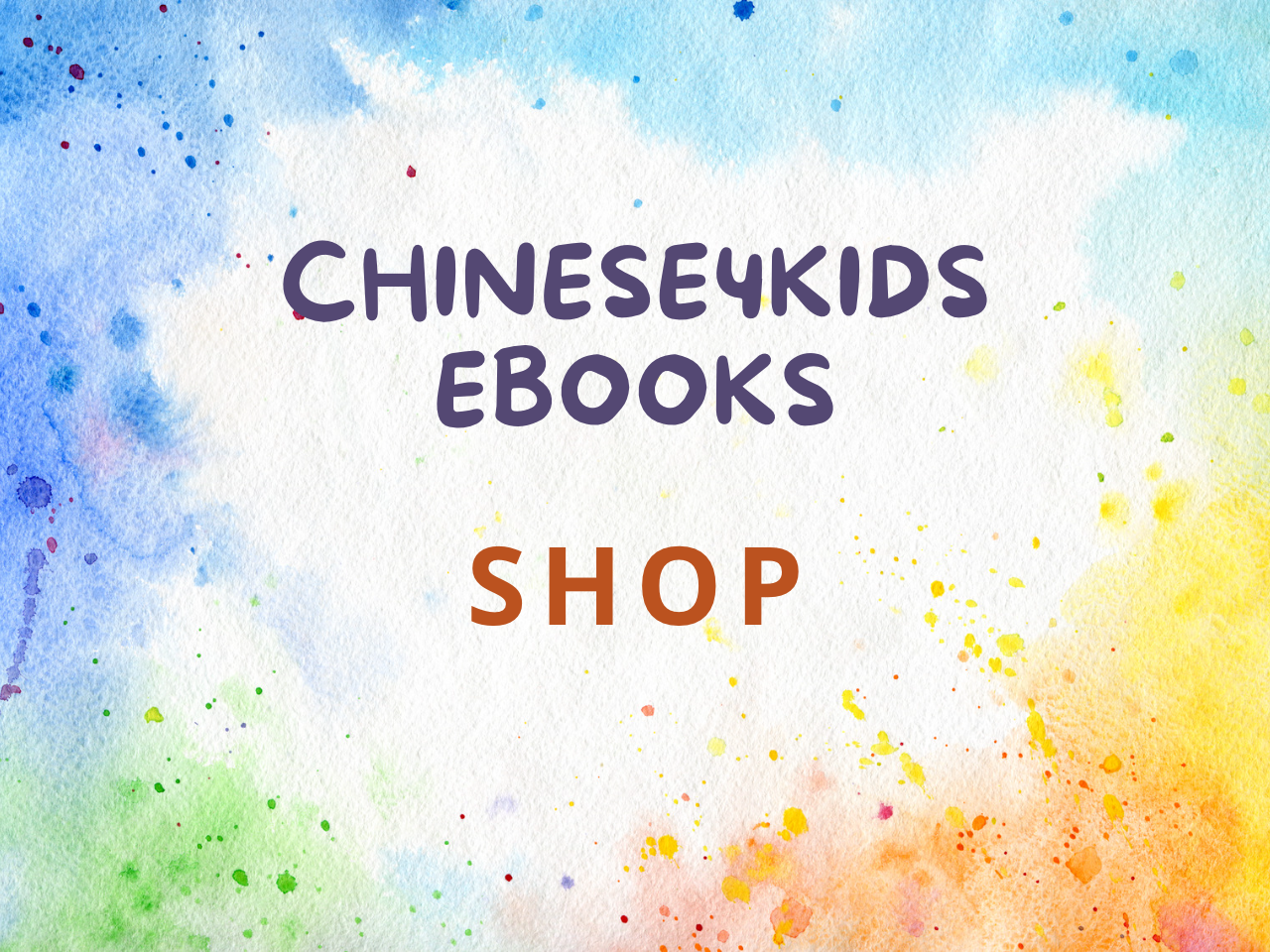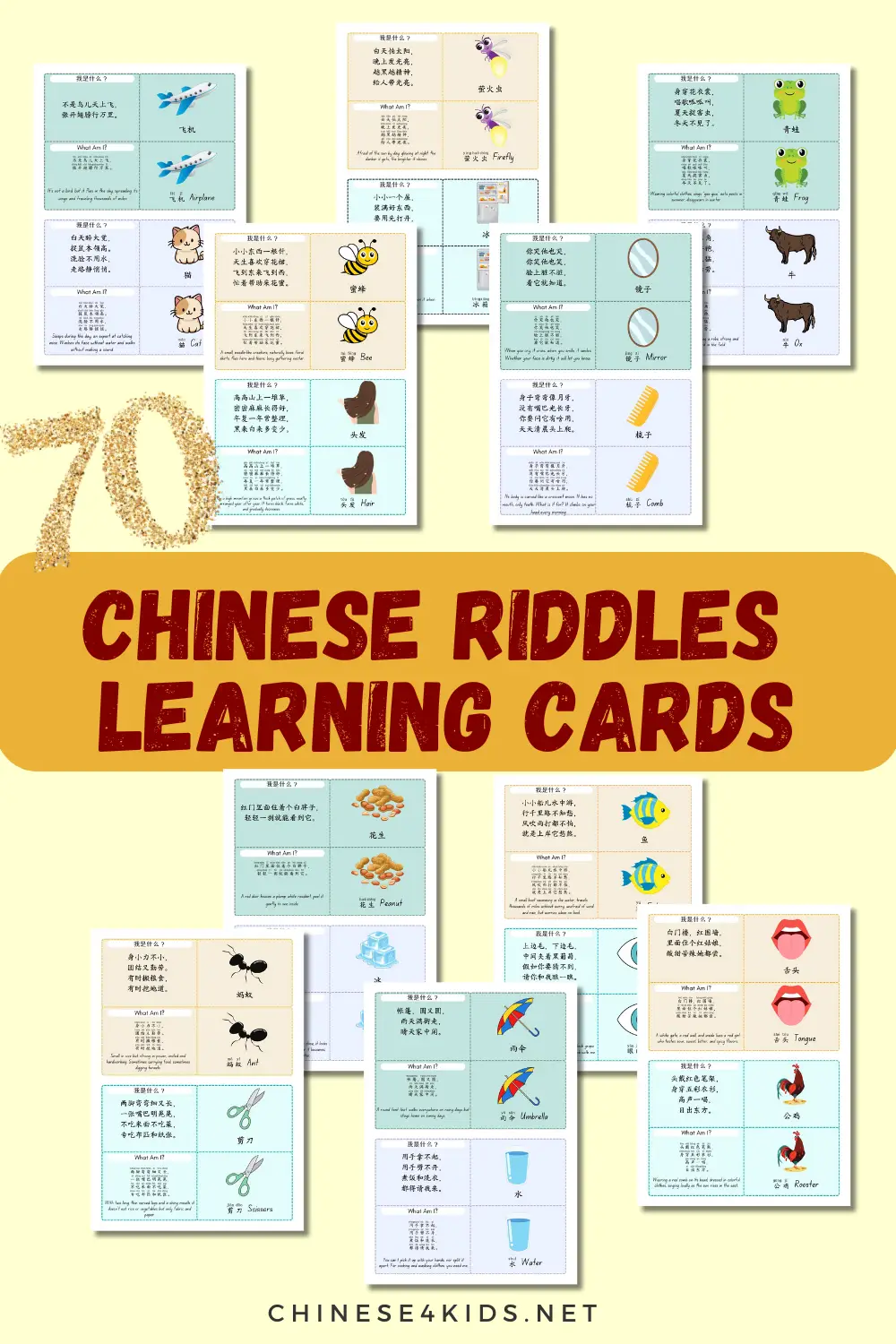
Home » Chinese language practice » Charting Through Symbols: Exploring Chinese Pictographic Characters
Charting Through Symbols: Exploring Chinese Pictographic Characters
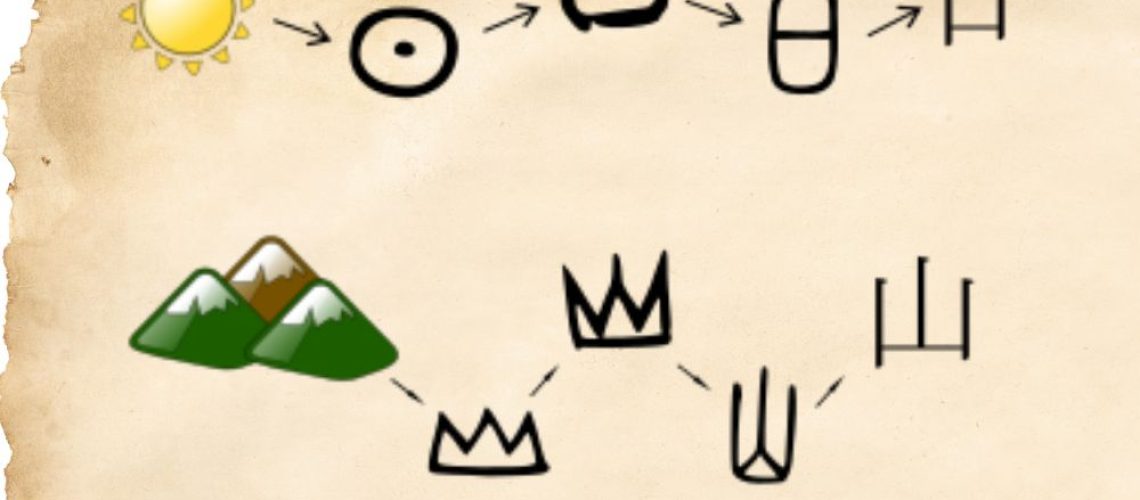
Have you ever looked at Chinese characters and wondered how they came to be? Well, let’s take a journey back in time to explore the fascinating evolution of Chinese pictographic characters and why they are so important to learn.
Evolution of Chinese Pictographic Characters

source:wikipedia
Thousands of years ago, ancient Chinese people communicated through pictures carved onto bones and shells. Over time, these simple pictures evolved into more abstract symbols representing objects, actions, and ideas. This evolution gave rise to the intricate characters we see today, each carrying its own unique meaning and story.
Let’s have a look at some examples. Here is the evolution of the character 山 – mountain.

Here is the evolution of the character 日 – sun.

and here is the character evolution of 象 – elephant.

source: wikipedia
Importance of Learning Chinese Pictographic Characters
Learning Chinese pictographic characters isn’t just about memorizing shapes and strokes – it’s about delving into the rich tapestry of Chinese culture and history. By understanding these characters, we gain insight into the mindset and worldview of ancient Chinese people. Moreover, mastering these characters opens doors to communication, culture, and opportunities in the modern world.
Exploring 36 Basic Pictographic Characters
Let’s dive into the world of 36 basic pictographic characters, each a window into the natural world around us:
-
马 (mǎ) – Horse
The character 马 (mǎ) represents a horse. Its shape reflects the head, neck, and legs of a galloping horse. Over time, the character 马 retained its original meaning of a horse but also came to symbolize speed, agility, and strength.
-
夫 (fū) – Man
夫 depicts a standing man with arms stretched out. It symbolises strength and masculinity. In ancient times, it referred to adult males, particularly husbands and fathers.Over time, the character 夫 retained its original meaning of a man but also came to represent the concept of adulthood, masculinity, and responsibility.
-
花 (huā) – Flower
The character 花 (huā) resembles a flower with its petals. It captures the beauty and delicacy of flowers, which hold significant cultural and symbolic meanings in Chinese tradition.
-
山 (shān) – Mountain
山 represents a mountain with its peaks and ridges. Mountains hold spiritual significance in Chinese culture, symbolising strength, stability, and endurance.
-
水 (shuǐ) – Water
水 depicts flowing water. Its fluid strokes mirror the movement of water, emphasising its vital role in nourishing life and sustaining ecosystems.
-
月(yuè)– Moon
月 resembles a crescent moon. It symbolises the lunar cycle, with its waxing and waning phases, and is associated with beauty, mystery, and the passage of time.
-
木 (mù) – Wood
木 depicts a tree with its trunk and branches. It symbolises nature, growth, and resilience, highlighting the importance of forests and wood in traditional Chinese life.
-
鸟 (niǎo)– Bird
鸟 resembles a bird in flight. Birds represent freedom, agility, and the spirit of exploration, reflecting humanity’s aspirations to transcend earthly constraints.
-
门 (mén) – Door
门 resembles a pair of swinging doors, often shown with a horizontal bar or handle. It signifies entrances, gateways, and opportunities, both literal and metaphorical, inviting passage and exploration.
-
羊 (yáng) – Goat
羊 originally depicted a goat or sheep, often shown with its distinctive horns and woolly coat. Over time, the character 羊 retained its original meaning of a goat but also came to represent the broader concept of livestock, domestic animals, or even the zodiac sign of the sheep.
-
虎 (hǔ) – Tiger
虎 originally depicted a tiger, often shown with its distinctive stripes and fierce appearance.It symbolises strength, courage, and protection.
-
象 (xiàng) – Elephant
象 represents the shape of an elephant, often shown with its large body and long trunk. It symbolises wisdom, strength, and good fortune.
-
鹿 (lù) – Deer
鹿 resembles the antlers of a deer. It symbolises grace, gentleness, and agility.
-
豕 (shǐ) – Pig
豕 resembles the shape of a pig, often shown with its snout and rounded body. It is a symbol of fertility, abundance, and prosperity.
-
鸟 (niǎo) – Bird
鸟 resembles a bird in flight, shown with its wings outstretched. It symbolises freedom, agility, and the spirit of exploration.
-
龟 (guī) – Turtle
The character 龟 originally depicted a turtle or tortoise, often shown with its shell and limbs. In modern Chinese, 龟 is used to refer to turtles or tortoises, as well as in compound words related to herpetology, conservation, or cultural references to turtles.
-
子 (zǐ) – Son
The character 子 originally depicted a child or offspring, often shown with a small figure. 子 is used to refer to sons, children, or offspring, as well as in compound words related to family relationships, childhood, or cultural references to children.
-
女 (nǚ) – Woman
Resembles a female figure with its distinctive shape and features. It symbolises femininity, nurture, and life-giving qualities.
-
日 (rì) – Sun
日 (rì) looks like the shape of the sun, as a circle or disc. It conveys the quality of a sun such as light, warmth, and vitality.
-
山 (shān) – Mountain
山 represents a mountain with its peaks and ridges. It symbolises strength, stability, and endurance.
-
水 (shuǐ) – Water
水depicts flowing water with fluid strokes, often shown as wavy lines or strokes. It shows fluidity, adaptability, and the life-giving force of water.
-
月 (yuè) – Moon
月 resembles a crescent moon. It symbolises the lunar cycle, mystery, and the passage of time.
-
木 (mù) – Wood
木 depicts a tree with its trunk and branches, symbolising nature, growth, and resilience.
-
林 (lín) – Many Trees
林 depicts multiple trees clustered together, often shown as a dense forest or wooded area.
-
森 (sēn) – Forest
森 represents a dense forest with multiple layers of trees, often shown as an intricate network of branches and foliage. It symbolises abundance, vitality, and natural beauty.
-
刀 (dāo) – Knife
刀 resembles the shape of a knife or blade, often shown with its sharp edge and pointed tip. It symbolises cutting, slicing, and precision.
-
犬 (quǎn) – Dog
The character 犬 originally depicted a dog, often shown with its body and ears.
-
舟 (zhōu) – Boat
舟 depicts the shape of a boat, symbolising travel, exploration, and adventure.
-
田 (tián) – Field
It represents a plot of cultivated land, often shown as a square or rectangular field with furrows or rows. In modern Chinese, 田 is used to refer to fields, farmland, or agricultural areas, as well as in compound words related to farming, cultivation, or cultural references to agriculture.
-
草 (cǎo) – Grass
草 resembles the shape of grass or vegetation, often shown as tufts or clumps of plants. 草 is used to refer to grass, herbs, or plants, as well as in compound words related to botany, gardening, or cultural references to grass.
-
竹 (zhú) – Bamboo
竹 represents the shape of bamboo, with its distinctive segmented stems and leaves. It is a symbol of resilience, flexibility, and strength.
-
鱼 (yú) – Fish
鱼 resembles the shape of a fish with its body and fins. 魚 is used to refer to fish, as well as in compound words related to fishing, aquaculture, or cultural references to fish.
-
网 (wǎng) – Net
网 depicts the shape of a fishing net, with its mesh and knots. 网 is used to refer to nets, webbing, or mesh structures, as well as in compound words related to the internet, telecommunications, or cultural references to networks.
-
云 (yún) – Cloud
云 originally depicted a cloud, often shown as a cluster of wavy lines or shapes resembling clouds in the sky. As Chinese civilization progressed, the character 云 evolved to represent not only the physical phenomenon of clouds but also the metaphorical concepts of obscurity, uncertainty, and vastness.
-
雨 (yǔ) – Rain
The character 雨 originated as a pictograph of rain falling from the sky, often depicted as vertical lines or strokes resembling falling raindrops. Over time, the character 雨 retained its original meaning of rain but also came to symbolise the broader concepts of moisture, precipitation, and the water cycle.
-
伞 (sǎn) – Umbrella
伞 originally depicted a person (人) holding a sheltering object over their head, representing the concept of protection from rain or sun.
-
石 (shí) – Stone
石 originated as a pictograph of a large stone or rock, often depicted as a solid, irregular shape. Over time, the character 石 retained its original meaning of stone but also came to symbolise the broader concepts of hardness, durability, and permanence.
-
火 (huǒ) – Fire
The character 火 originated as a pictograph of flames rising from burning wood, often depicted as wavy lines or shapes resembling fire. It signifies warmth, light, and energy, as well as the transformative power of fire.
-
叟 (sǒu) – Old Man
- The character 叟 originally depicted an elderly person with a long beard, often shown bent over or leaning on a staff. It was a simple representation of an old man.Over time, the character 叟 evolved to represent the concept of an elderly person or an elder in society. It became associated with wisdom, experience, and respect for elders.
-
弓 (gōng) – Bow
弓 originated as a simple representation of a bow, a weapon used for hunting or warfare. It typically depicted a curved shape with strings attached. As Chinese society evolved, the character 弓 retained its original meaning of a bow but also came to represent the concept of archery, skill in marksmanship, and the military.
-
舍 (shě) – House
舍 combines the character for “roof” (宀) with “pictogram” (舍), suggesting shelter and home. It represents the concept of dwelling, community, and domestic life.
Each of these characters tells a story, capturing the essence of the object or concept it represents. By understanding their origins and symbolism, we gain insight into the rich cultural heritage and profound wisdom embodied in the Chinese writing system. So, the next time you encounter a Chinese character, take a moment to appreciate its pictorial beauty and the centuries-old wisdom it carries.
Learning Chinese Pictographic Characters
Now that we’ve explored these fascinating pictographic characters, how can we learn them? Here are a couple of tips:
- Practice writing them stroke by stroke, focusing on their shapes and structures.
- Create mnemonic devices or stories to help remember their meanings and pronunciations.
Introducing Worksheets for Learning
To make learning Chinese characters even more engaging, we’ve prepared worksheets with various activities:
- Reading: Learn the meanings and pronunciations of characters.
- Tracing: Practise writing characters correctly.
- Writing: Reinforce learning by writing characters independently.
- Colouring: Add your own artistic flair to characters.
- Decorating: Create your own character-themed artwork.
 With these worksheets, learning Chinese pictographic characters becomes not only educational but also fun and creative!
With these worksheets, learning Chinese pictographic characters becomes not only educational but also fun and creative!
Chinese pictographic characters are more than just symbols – they’re gateways to understanding the natural world and the culture and history of China. By mastering these characters, we unlock a treasure trove of knowledge and insight. So, let’s embark on this exciting journey of discovery together!
if you like it , share it
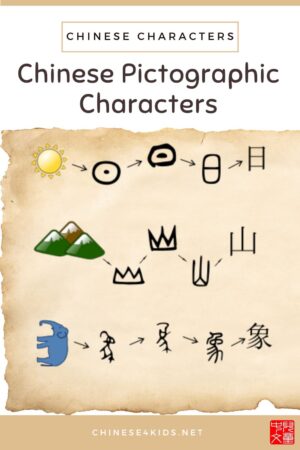
You May Also Be Interested:
- Chinese4kids Membership – a portal for busy Chinese teachers and parents
- Chinese learning flashcards Hive – a flashcards library that with regular additions of new quality Chinese learning flashcards
- Chinese learning worksheets collection – Also a part of Chinese4kids membership, this collection is for teachers and parents who want to have access to engaging worksheets and activity sheets created for kids learning Mandarin Chinese as an additional language
- Speak Chinese with Kids Course
- Chinese Vocabulary Made Easy Course
Recent Posts
Join Our Membership
Enroll to A Course
Buy An eBOOK
Our Posts


